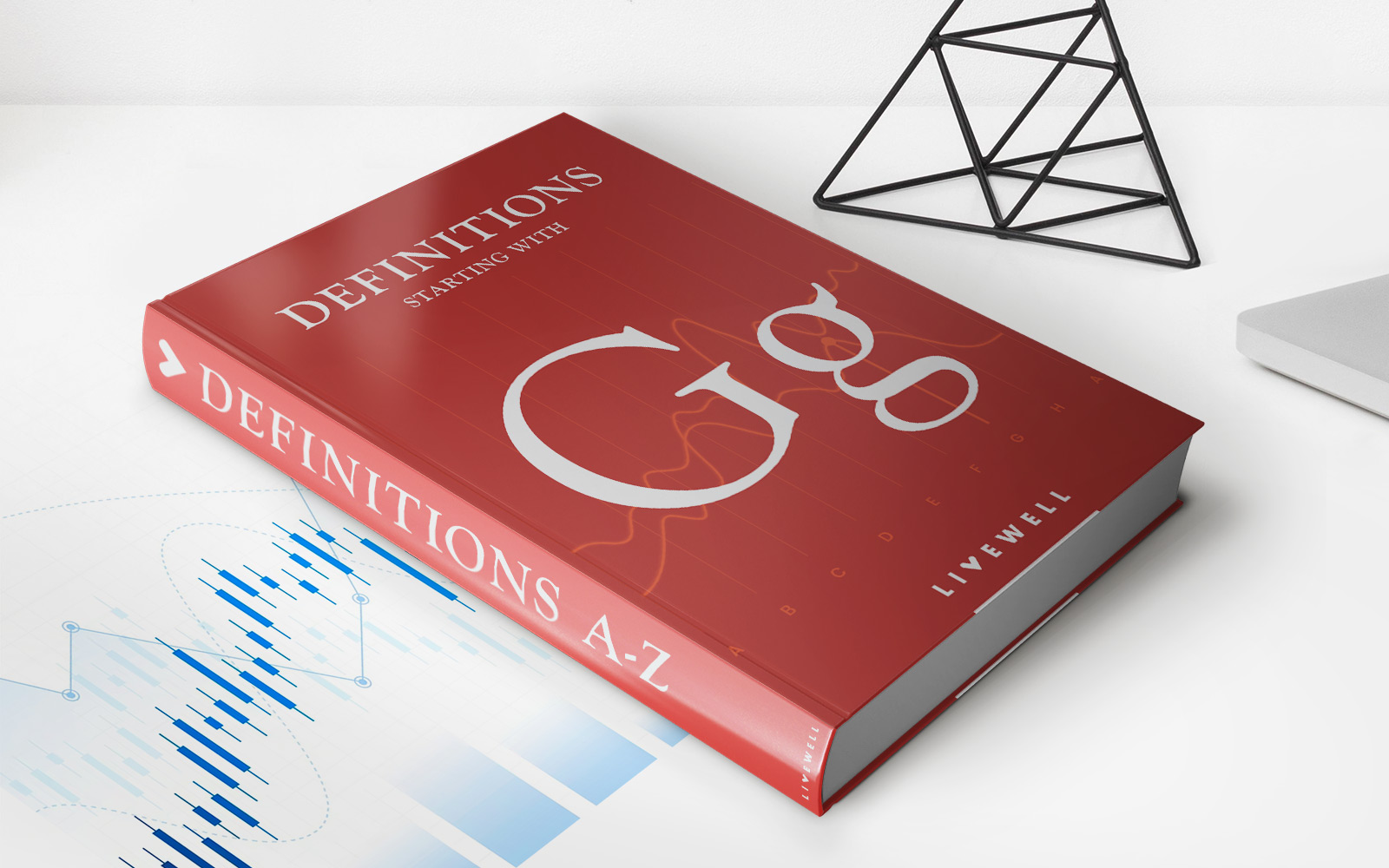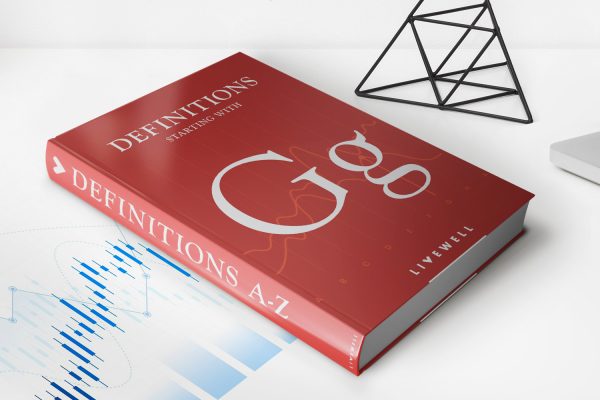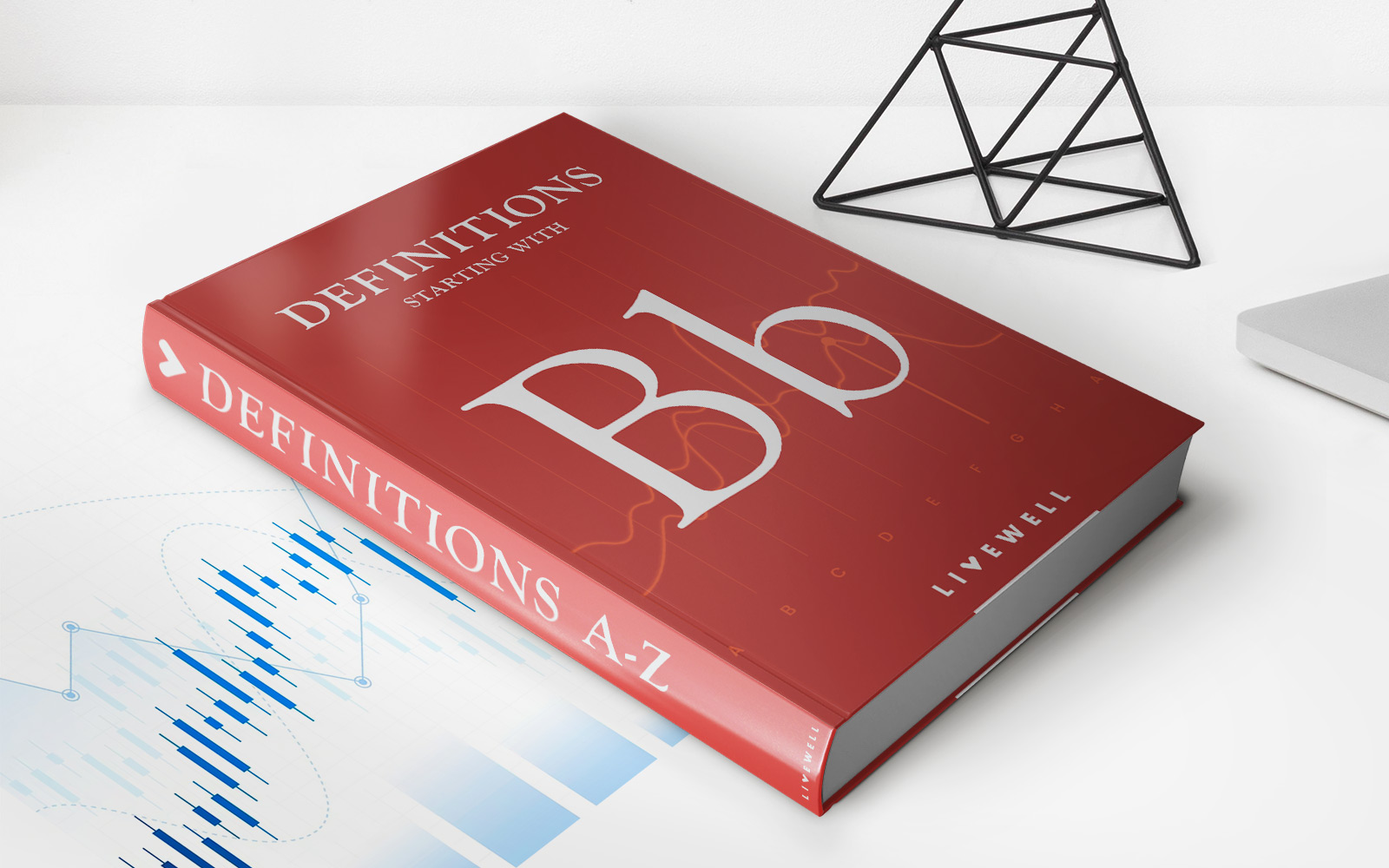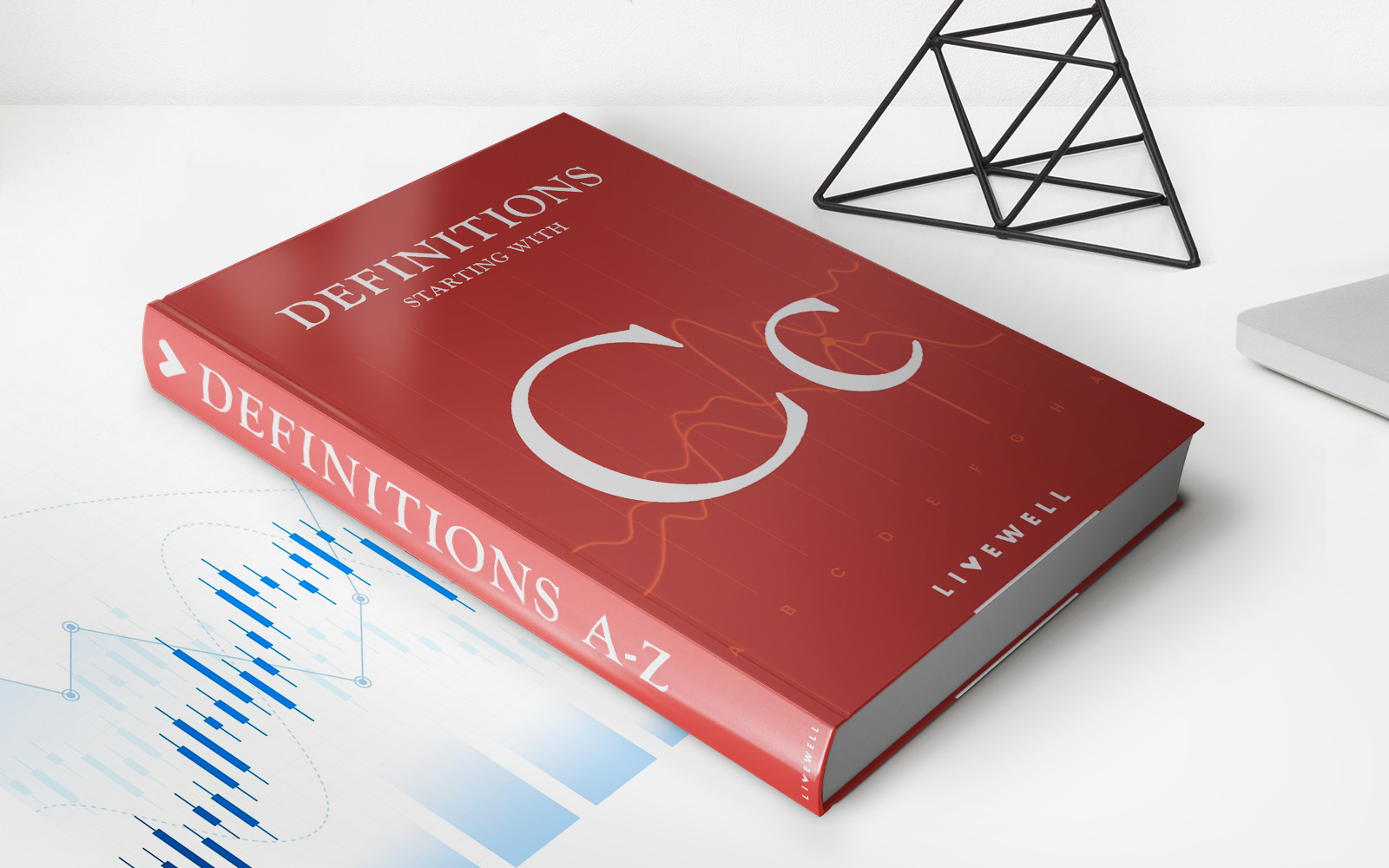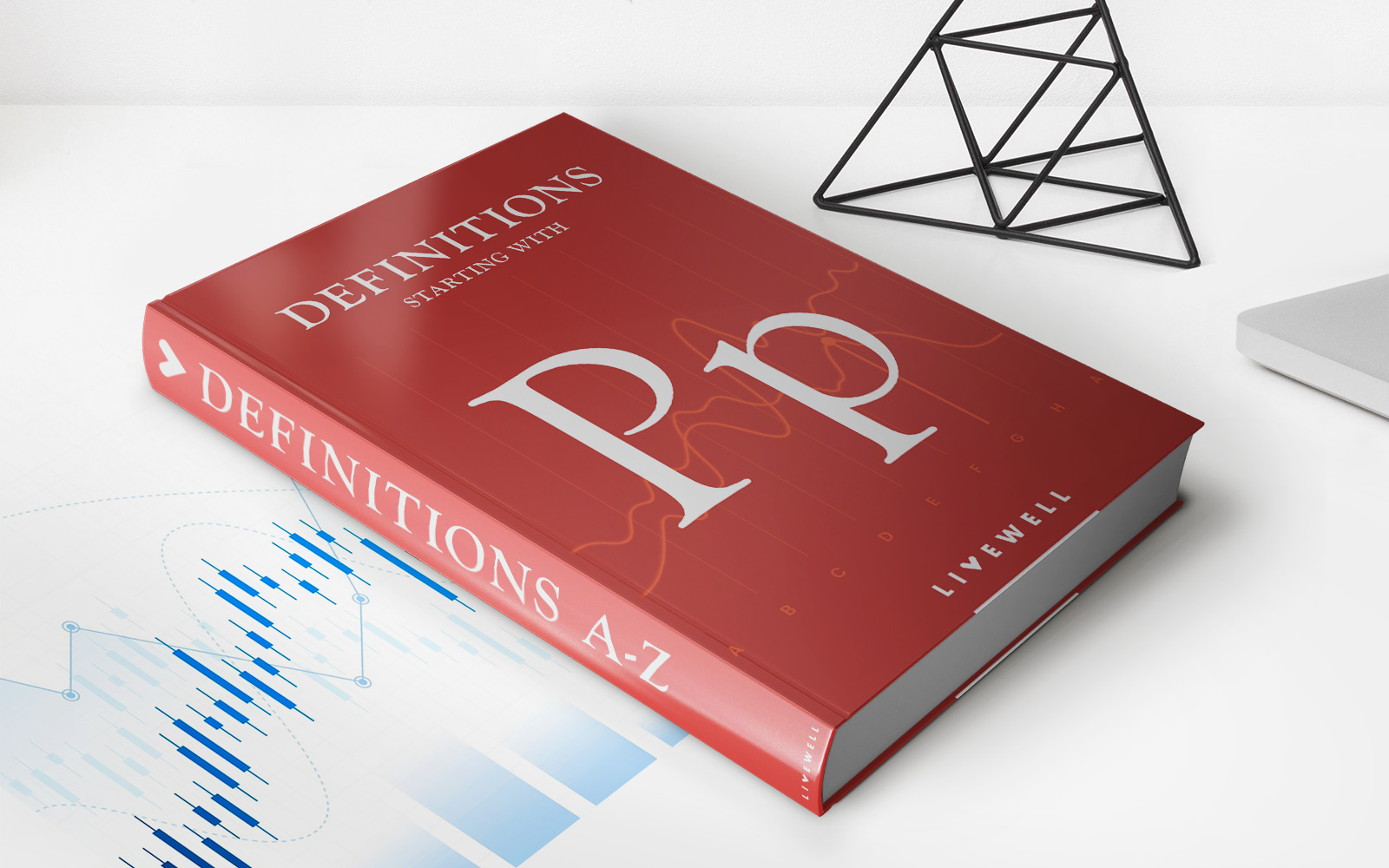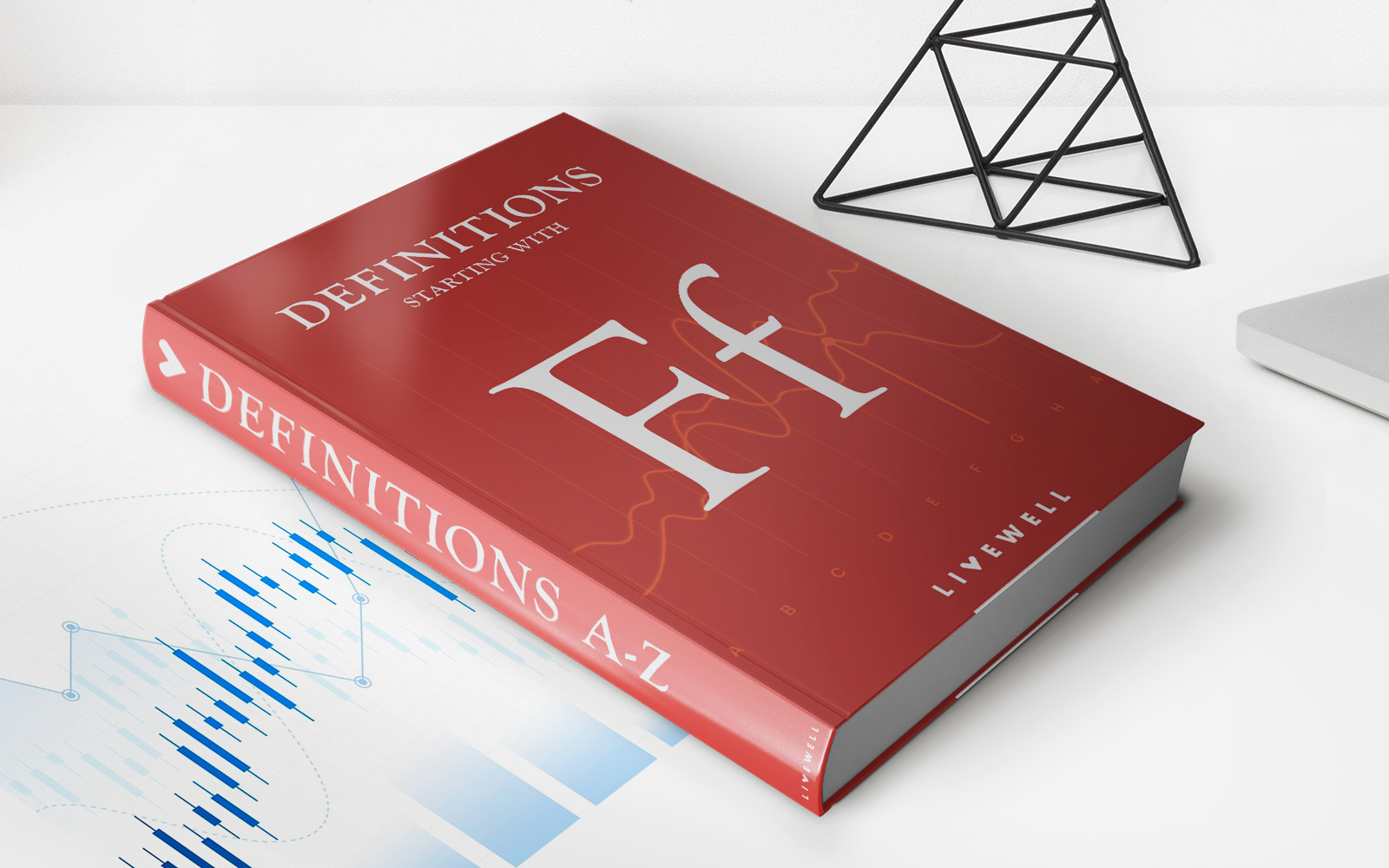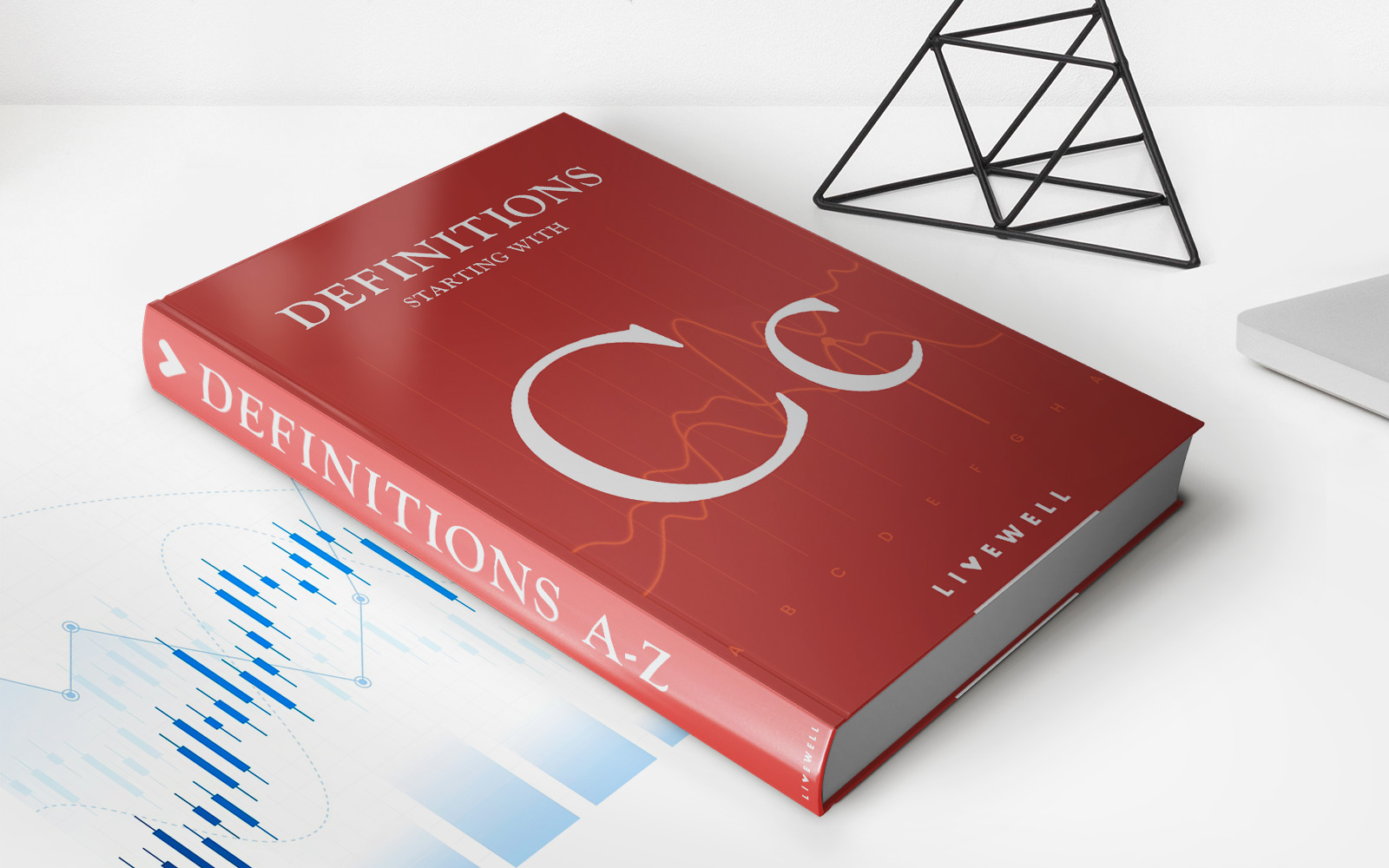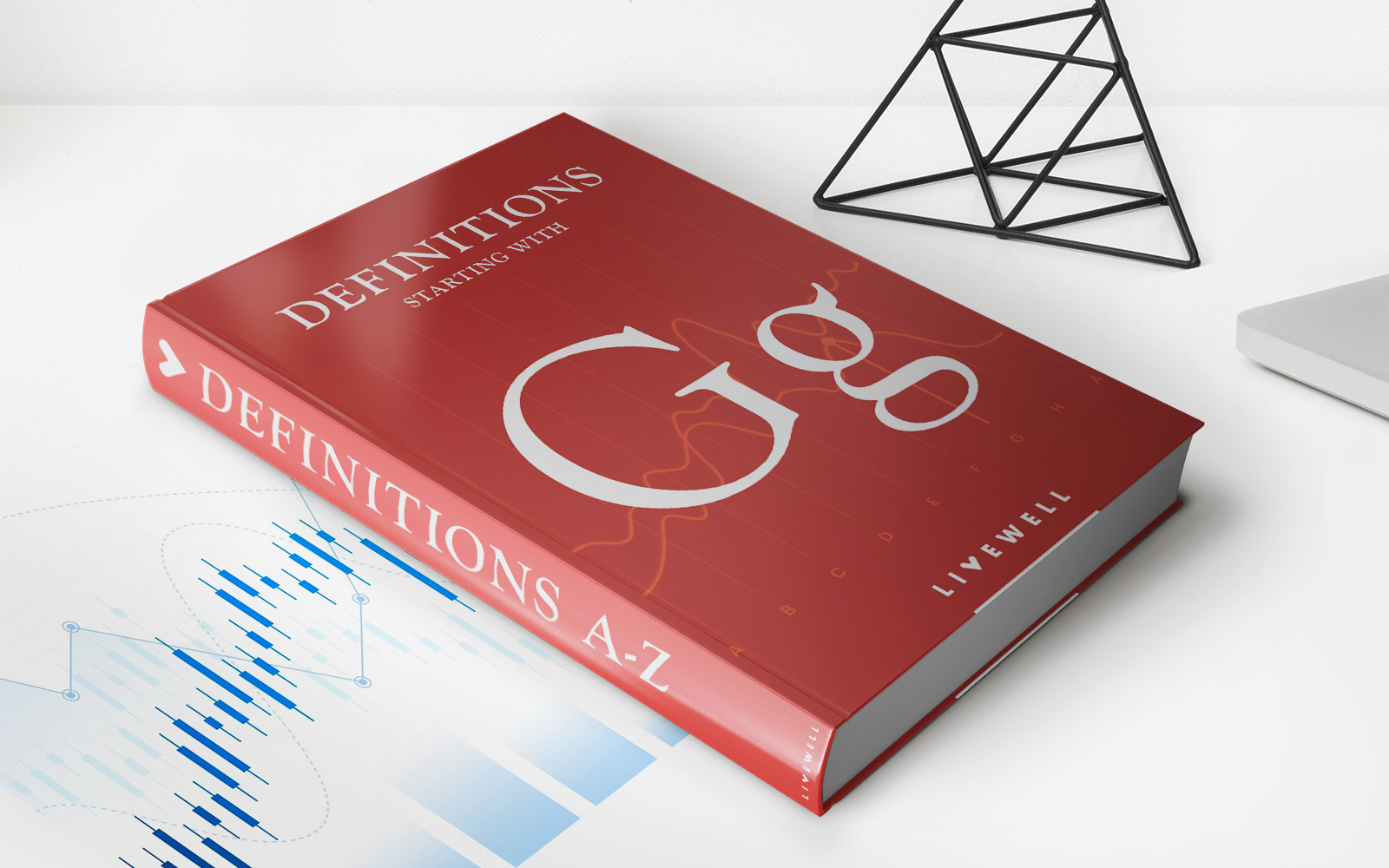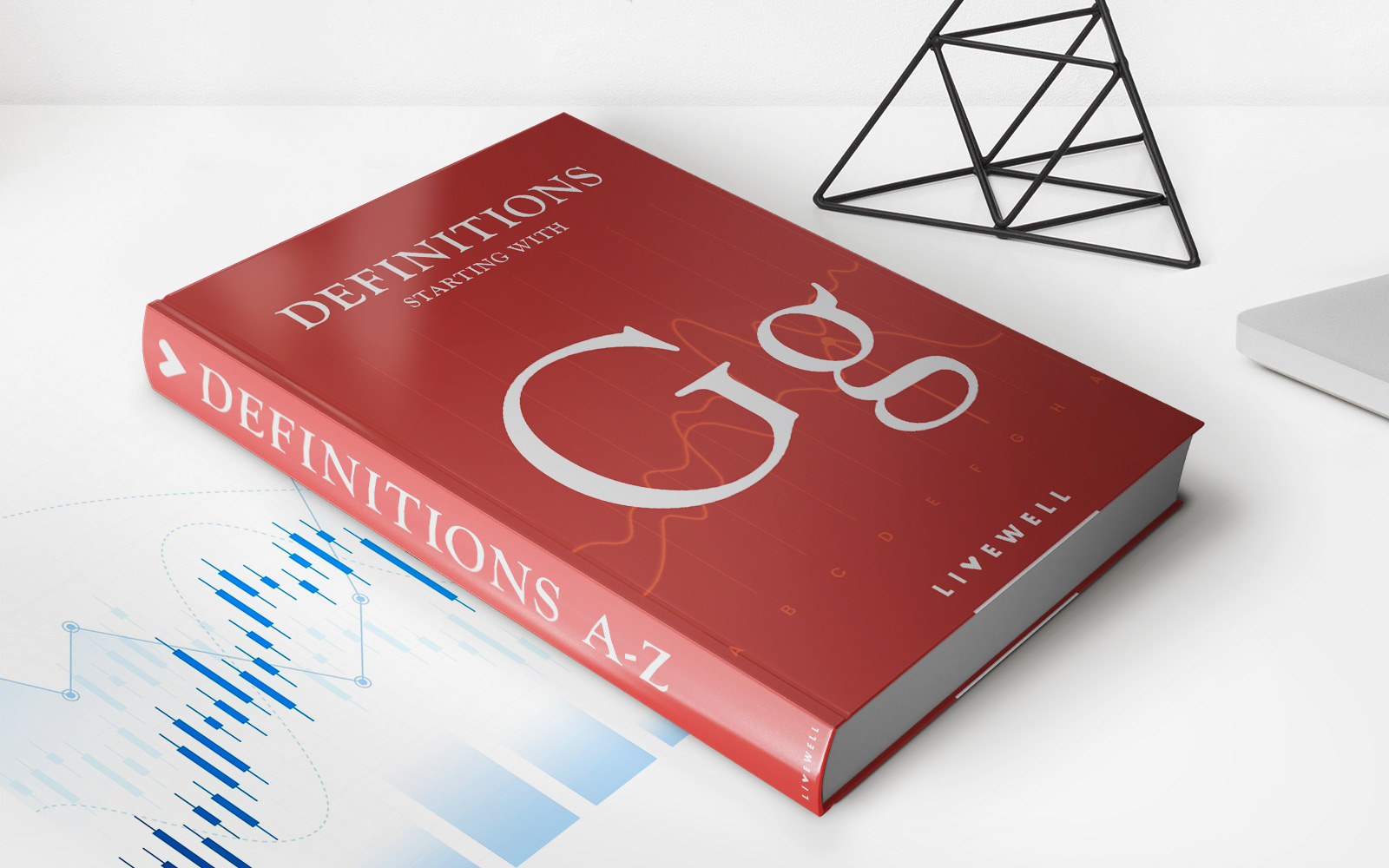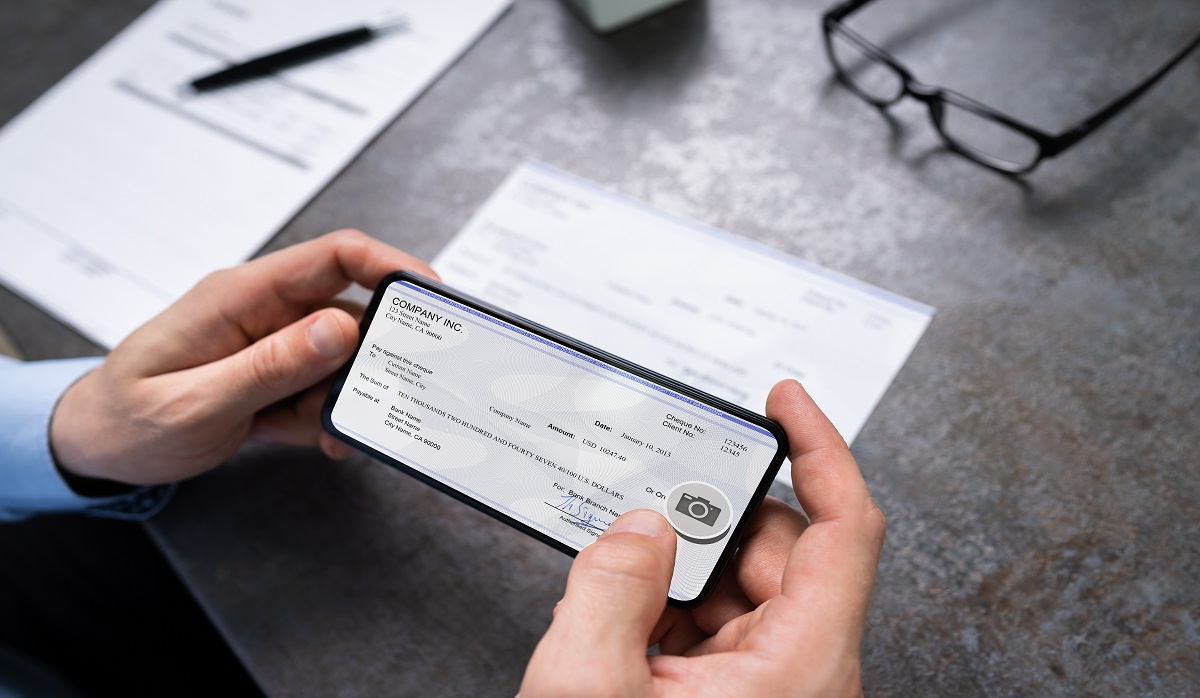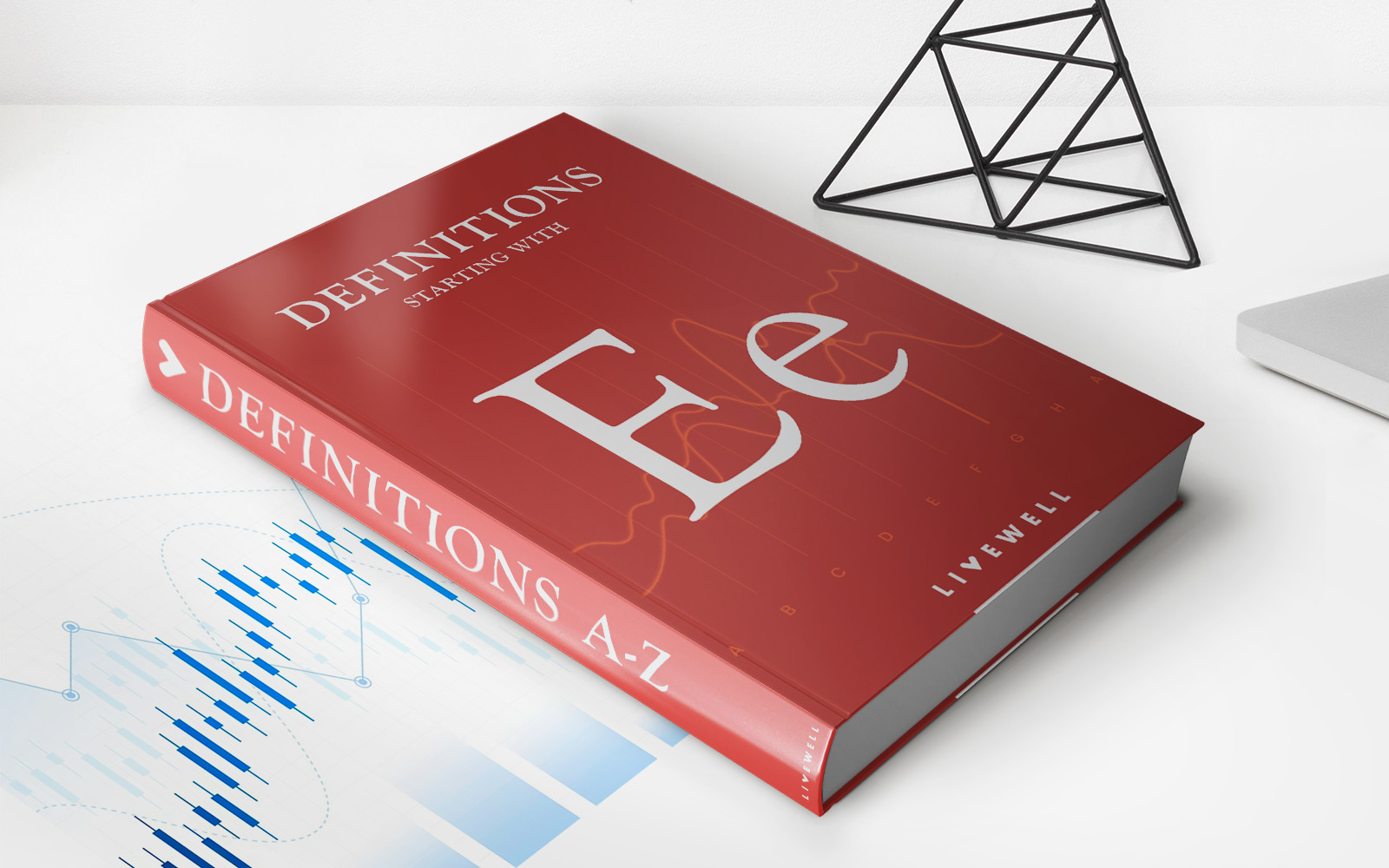Home>Finance>Government Purchases: Definition, Examples, Role In GDP
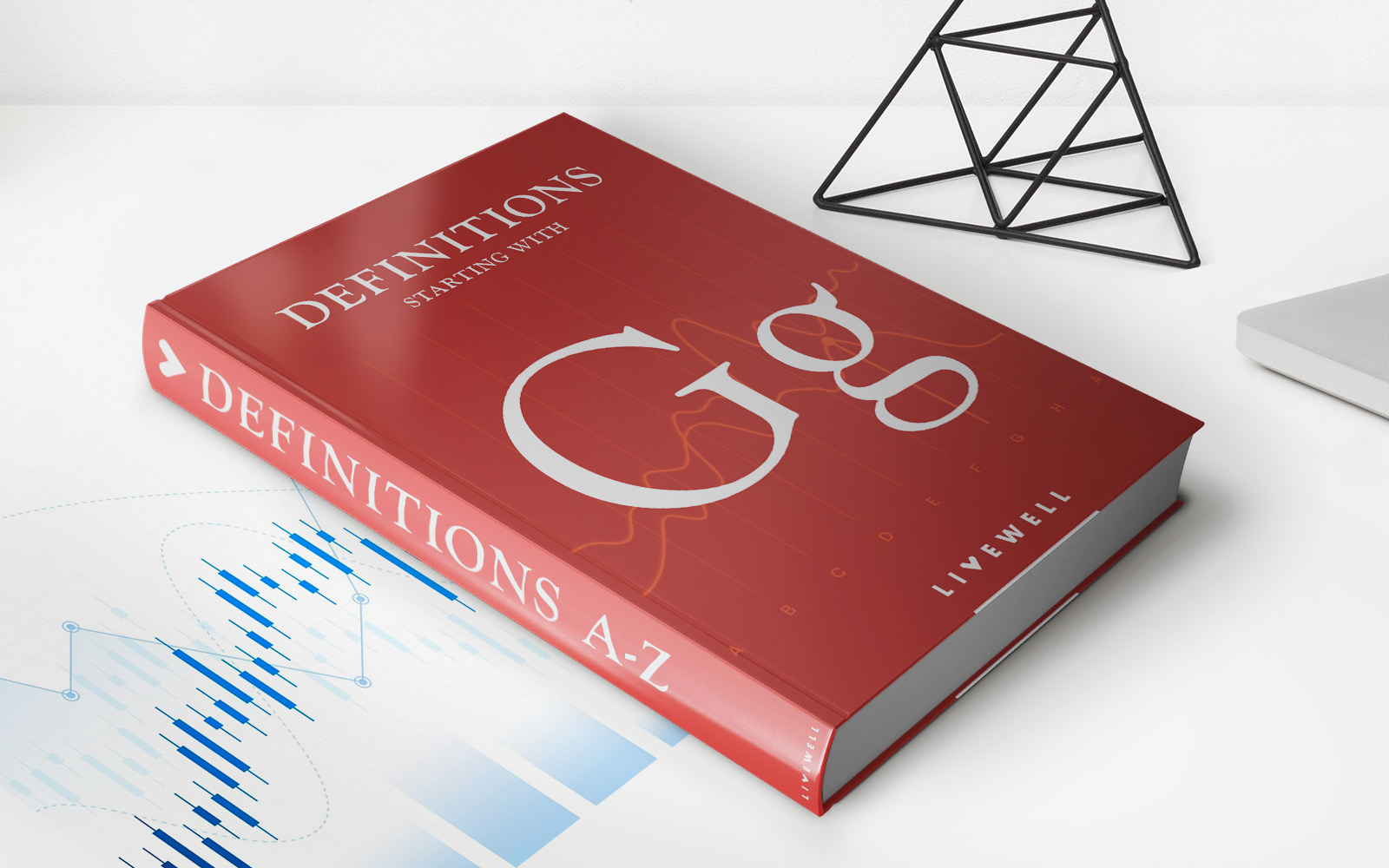

Finance
Government Purchases: Definition, Examples, Role In GDP
Published: December 1, 2023
Learn about the role of government purchases in GDP and explore examples of finance-related government expenditures. Understand the definition and significance of finance in government spending.
(Many of the links in this article redirect to a specific reviewed product. Your purchase of these products through affiliate links helps to generate commission for LiveWell, at no extra cost. Learn more)
Understanding Government Purchases: Definition, Examples, and Role in GDP
In the world of finance, there are various factors that contribute to the overall growth of a country’s economy. One such factor is government purchases, which play a vital role in stimulating economic activity and influencing the Gross Domestic Product (GDP). In this blog post, we will delve into the concept of government purchases, explore examples of these purchases, and understand their significance in the GDP.
Key Takeaways:
- Government purchases are expenditures made by the government on goods and services, including infrastructure, defense, healthcare, and education.
- Government purchases contribute to the GDP by stimulating economic activity and creating employment opportunities.
What are Government Purchases?
Government purchases, also known as government expenditure, refer to the expenses incurred by the government in procuring goods and services from the private sector. These purchases encompass a wide range of sectors such as infrastructure development, national defense, healthcare, education, and public transportation, to name a few. The government procures these goods and services to meet the needs of the public and provide essential services.
Examples of Government Purchases
Government purchases can take various forms, and their scope differs from one country to another. Here are some common examples of government purchases:
- Infrastructure Development: Governments invest in the construction and maintenance of roads, bridges, railways, airports, and other public infrastructure projects.
- Defense: Defense expenditures involve purchases made by the government to ensure national security, including military equipment, weapons, and personnel.
- Healthcare: Governments allocate funds for the provision of healthcare services, including hospitals, clinics, medical equipment, and research facilities.
- Education: Government purchases in the education sector include investments in schools, colleges, universities, and educational resources.
- Public Transportation: Governments invest in the development and operation of public transportation systems such as buses, trains, and tramways.
Role of Government Purchases in GDP
Government purchases play a crucial role in the calculation of a country’s GDP. GDP measures the total value of goods and services produced within a country’s borders during a specific period. Government purchases are one of the components of GDP, along with private consumption, investment, and net exports.
By engaging in government purchases, the government stimulates economic activity. When the government invests in infrastructure development, it not only creates jobs in the construction sector but also enhances productivity and efficiency in the long run. Similarly, healthcare and education expenditures lead to improved public welfare and a more skilled workforce, contributing to overall economic growth.
Government purchases also act as a catalyst during economic downturns. In times of recession, the government can increase its purchases to stimulate demand and boost economic activity. This approach aims to create jobs, increase consumer spending, and drive growth during challenging times.
In Conclusion
Government purchases are an essential component of a country’s economy. They encompass various sectors and play a significant role in driving economic growth, creating employment opportunities, and improving public welfare. By understanding the concept of government purchases and their role in the GDP, we gain insights into how government spending influences the overall financial landscape of a nation.

